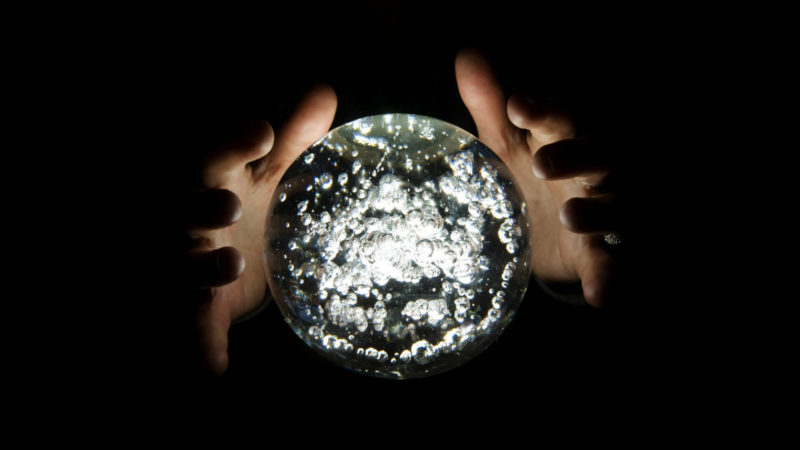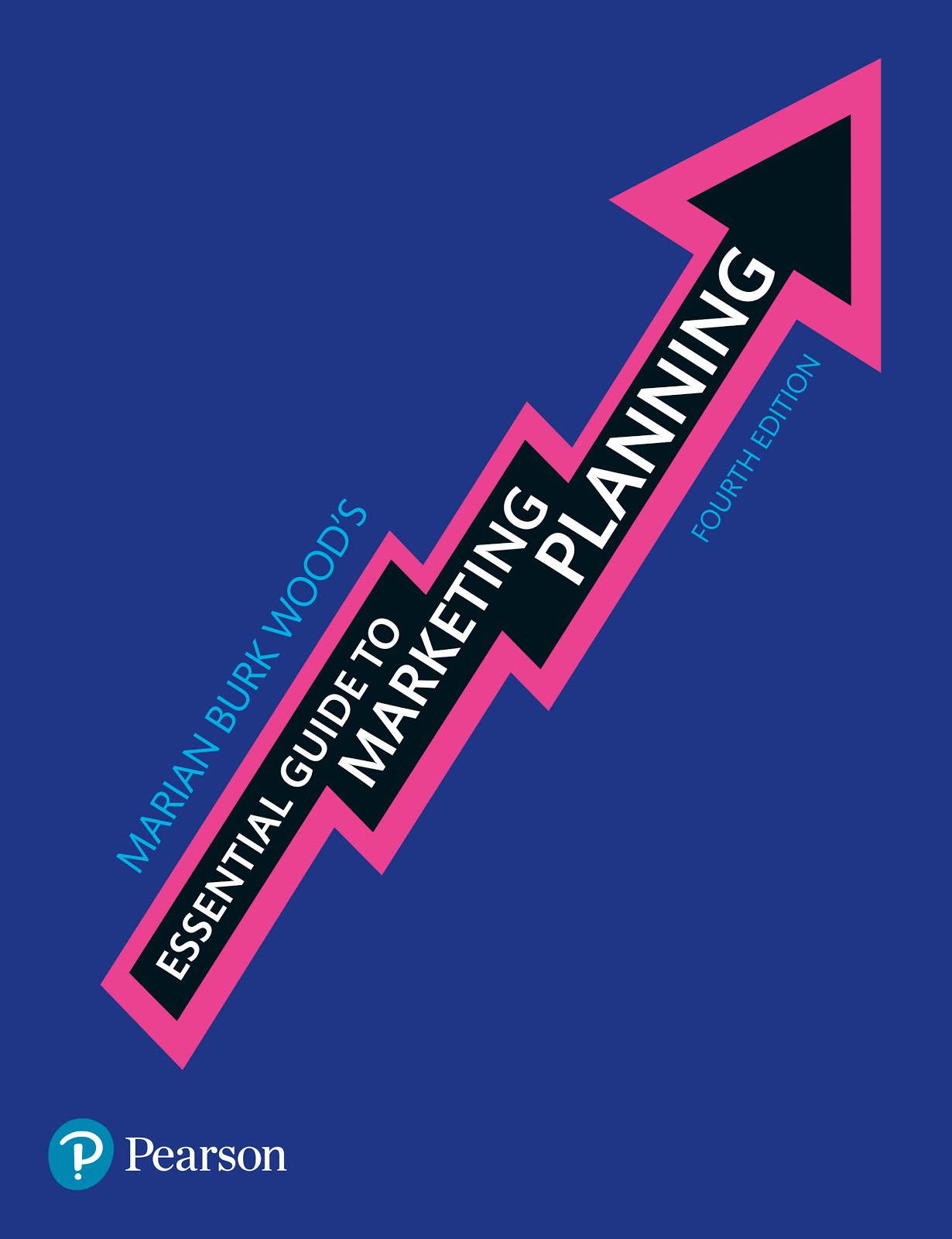Updating the sample marketing plan in my
Essential Guide to Marketing Planning, here's a look at the marketing situation of my fictional company,
Lost Legends Luxury Chocolatier.
Even as the world's appetite for chocolate treats increases, the world's supply of cocoa beans is not keeping pace. In fact, chocolate supplies are
declining. As crop yields drop, chocolate marketers like Mondelez are advising growers on how to improve. And, of course, lower supplies mean higher prices on the wholesale level, which often leads to higher prices on the retail level (and profit margin pressure).
Small marketers are seeing opportunity.
One growing firm in South America wants to put the spotlight on its fine chocolates made not from beans grown in Africa, but in Ecuador.
Meanwhile, some of the biggest chocolatiers are innovating to appeal to choco-lovers worldwide and throughout the year. An ongoing challenge has been making fine chocolates that retain their properties and quality in
hot conditions. For areas where air conditioning isn't widespread, or retail stores that aren't equipped to store chocolates in a cool place, Barry Callebaut is now marketing 'heat-resistant' chocolates.
In Japan, where chocolates are one of the favourite gifts on gift-giving occasions, Kit Kat has a new
hand-crafted, gold-dusted bar for the status conscious consumers who are willing to pay more for a special product. Limited quantities only add to the scarcity and perceived value.








